Skeleton Flowers’ White Petals Turn Magically Transparent When Raindrops or Morning Mist Touch Them
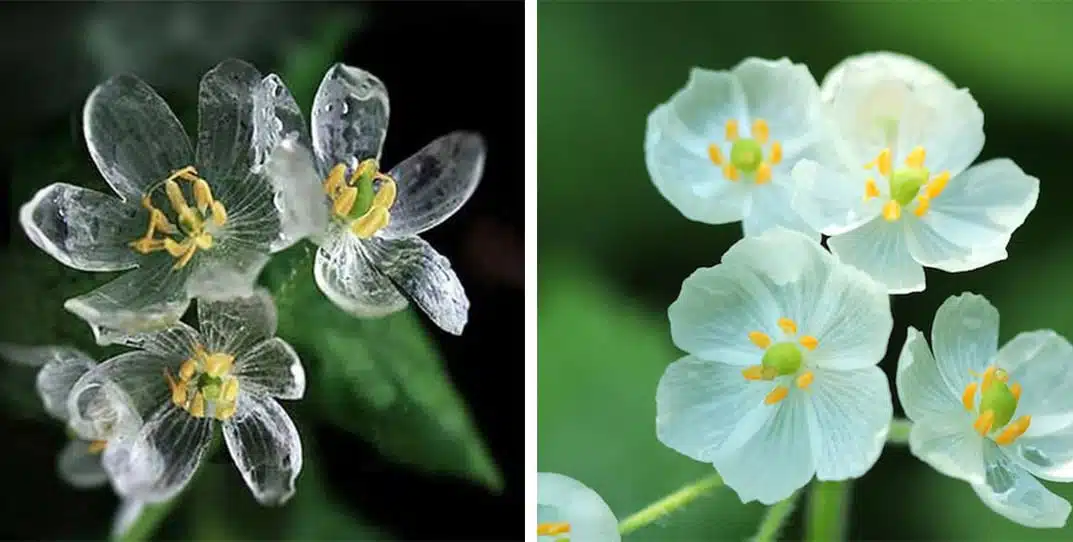
This is the skeleton flower, a plant that seems to hold a secret of nature.
Found in specific parts of the world, it captivates gardeners, nature lovers, and scientists with its unique ability to change appearance.
Let’s explore what makes this flower so special, where it grows, and how you can bring its magic to your garden.
A Flower That Turns Transparent
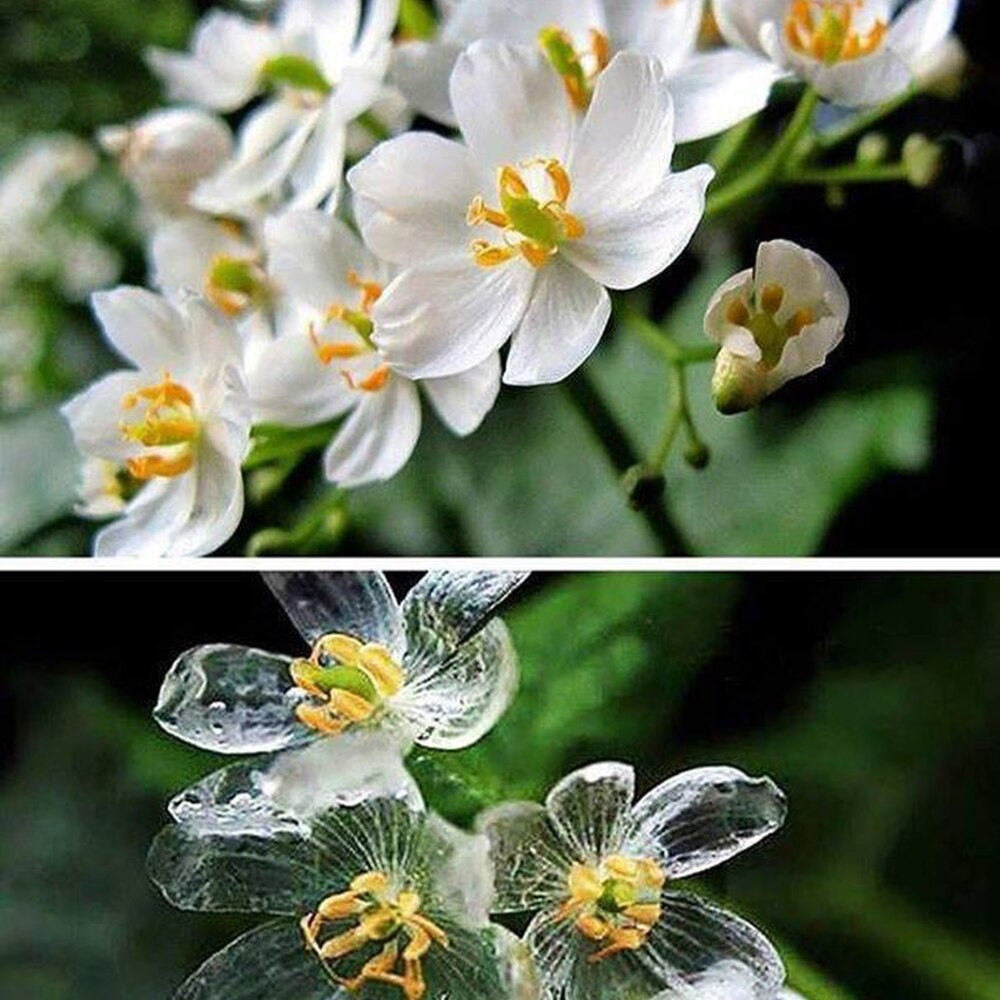
The skeleton flower, known scientifically as Diphylleia grayi, belongs to the Berberidaceae family. Its petals are usually white and opaque, but when rain or water touches them, they become transparent, showing the delicate veins inside, like a skeleton.
This happens because the petals have a loose cell structure that fills with water, letting light pass through. When the petals dry, they return to their white color. This transformation makes the skeleton flower a favorite among photographers and plant enthusiasts.
It blooms from May to July, creating clusters of small flowers, each about 1 to 1.5 inches wide, with bright yellow centers. After blooming, the plant produces blue berries that add color to shady gardens in early autumn.
Where Skeleton Flowers Grow
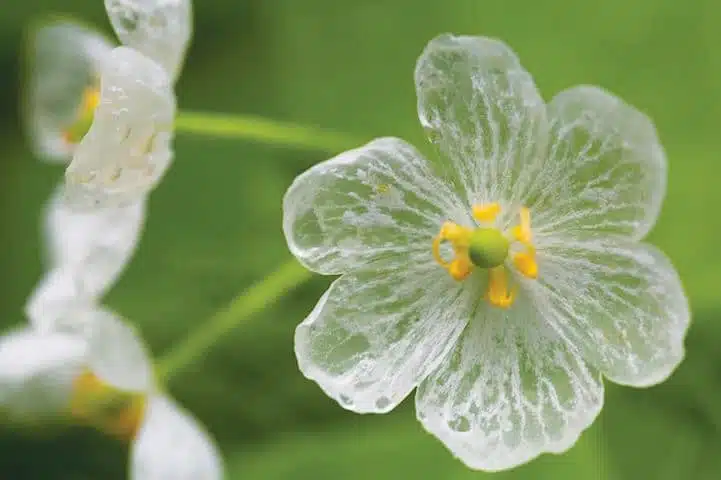
Skeleton flowers are native to cool, moist mountain regions in Japan, China, and parts of the Appalachian Mountains in the United States. They thrive in shady, wooded areas with rich, well-drained soil full of organic matter like fallen leaves.
These plants prefer partial to full shade and need protection from strong sunlight and winds. They are hardy in USDA zones 4 to 9, meaning they can survive cold winters with a layer of mulch to protect their roots. However, they don’t do well in hot, dry climates. If you want to grow them, mimic their natural habitat with moist soil and shade, possibly under trees.
Growing and Caring for Skeleton Flowers
Growing skeleton flowers can be a rewarding challenge. They are slow-growing perennials, sometimes taking years to mature, and starting them from seeds is tricky because germination is slow and needs cold weather. The best way to propagate them is by dividing their thick underground rhizomes. Once established, they require little care.
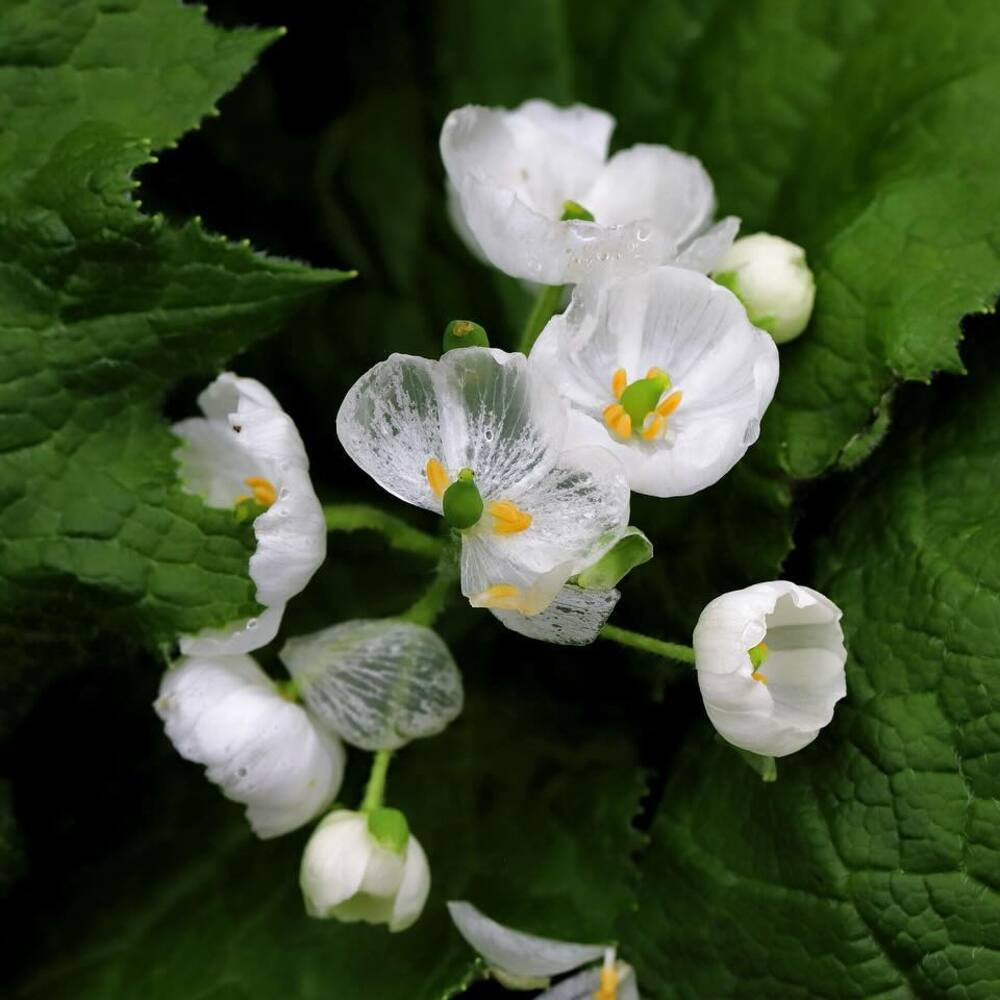
Keep the soil moist with drip irrigation or regular watering, especially during dry spells. Remove dead leaves to encourage new growth, but avoid heavy pruning. A layer of mulch helps retain moisture and adds nutrients. These plants are resistant to pests and diseases, making them low-maintenance for gardeners who provide the right conditions.
The skeleton flower’s ability to change with rain has made it a symbol of resilience and adaptability in some cultures, especially in Japan, where it’s called “sankayou.” Its delicate beauty and transformation inspire artists and gardeners alike.
Whether in a woodland garden or a shaded container, this plant brings a touch of nature’s magic to any space. By understanding its needs and appreciating its unique traits, you can enjoy the skeleton flower’s fleeting beauty year after year.
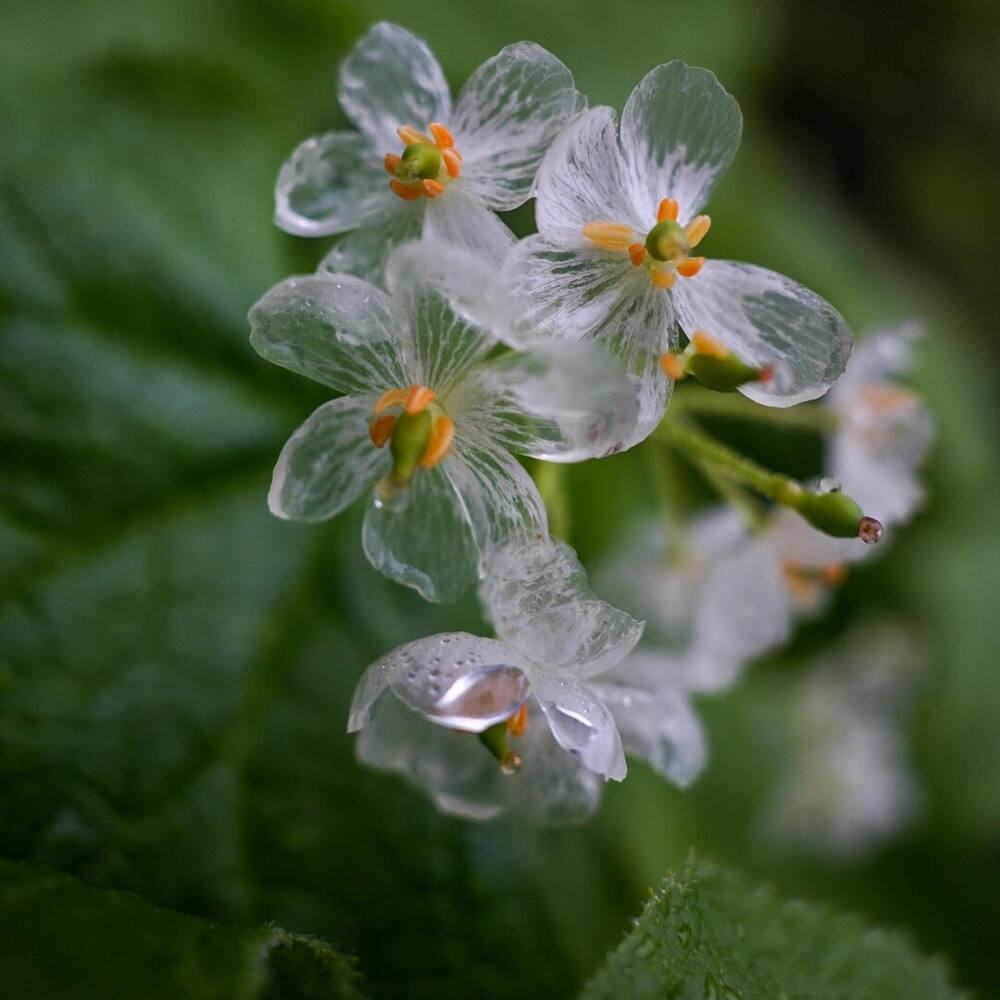
You might also want to read: The One-in-a-Million Tale of a Donkey Foal With Two Mothers


